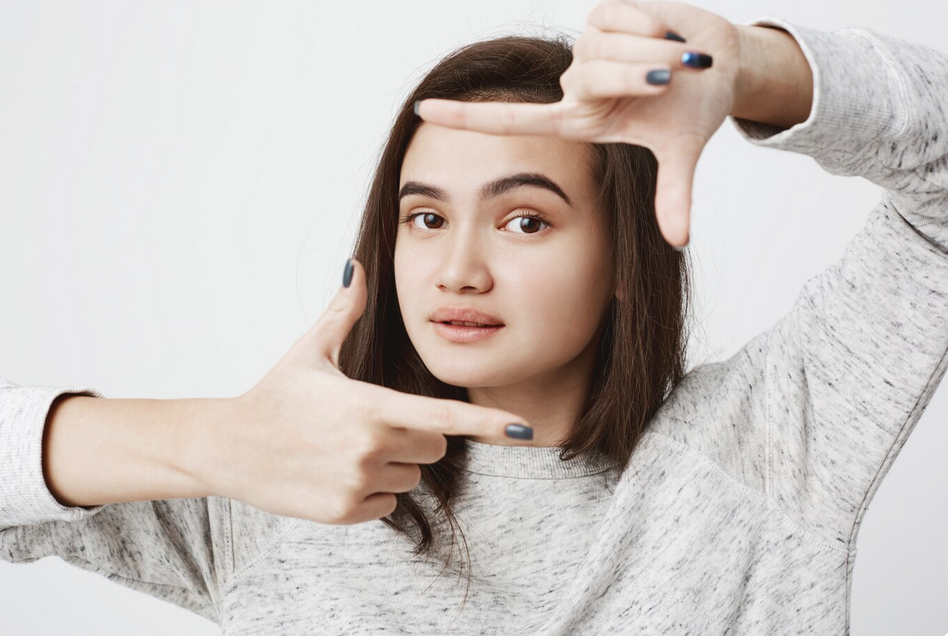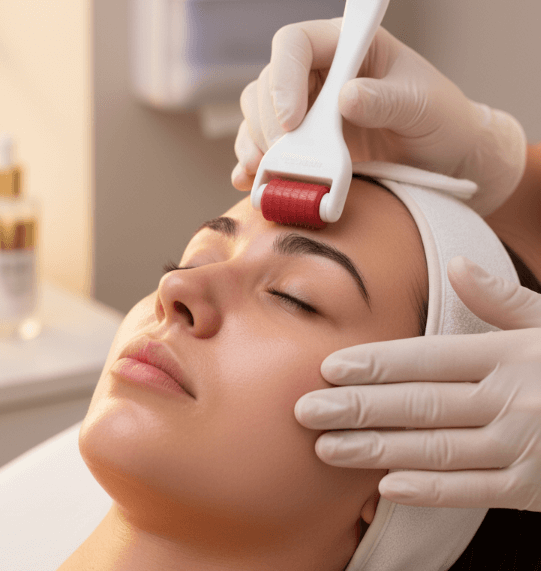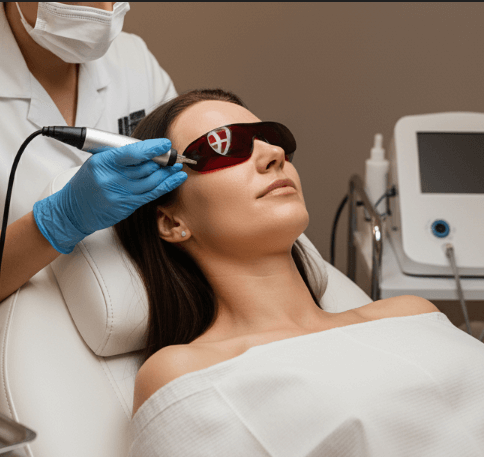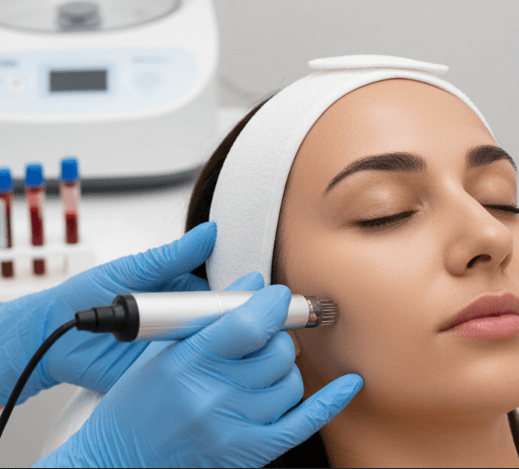Double eyelid surgery is one of the most popular cosmetic procedures in Korea and worldwide, especially among those seeking a defined upper eyelid crease. While the traditional incisional method involves cutting the skin to create a permanent crease, the non-incisional (suture) method offers a less invasive alternative—no skin is cut, and recovery is faster.
But is the non-incisional method the right choice for you? Let’s explore its advantages, limitations, and candidacy criteria to help you make an informed decision.
🧑⚕️ What Is Non-Incisional Double Eyelid Surgery?
Also called suture blepharoplasty or buried suture technique, this procedure creates a double eyelid fold by:
- Passing fine sutures through the upper eyelid skin and underlying tissues
- Tying the sutures to form a crease without removing skin or fat
- Avoiding any open incisions
The sutures hold the skin and eyelid muscle together, forming a natural-looking fold.
✅ Advantages of the Non-Incisional Method
1. Minimally Invasive with No Cuts
- No skin is cut, so there are no visible scars.
- Minimal tissue trauma reduces bleeding and bruising.
2. Shorter Recovery Time
- Most patients return to normal activities within 3–5 days.
- Less swelling compared to incisional surgery.
3. Reversible or Adjustable
- Sutures can be removed or adjusted if the crease disappears or if you want to change the crease shape.
- Great for patients unsure about permanent surgery.
4. Ideal for Younger Patients
- Works best for those with thin, elastic eyelid skin and minimal fat or sagging.
- Common among patients in their teens to early 30s.
⚠️ Limitations of Non-Incisional Double Eyelid Surgery
1. Less Suitable for Thick or Saggy Eyelids
- Patients with excess fat, loose skin, or severe ptosis usually require incisional surgery for lasting results.
2. Less Durable
- The crease created by sutures may fade or loosen over time, especially under pressure (e.g., rubbing eyes).
3. Limited Correction Ability
- Cannot address excess skin removal, fat repositioning, or eyelid muscle tightening.
4. Potential for Suture-related Complications
- Rare cases of suture granulomas, discomfort, or infections may occur.
🧬 Who Is the Best Candidate?
| Criteria | Ideal for Non-Incisional Surgery |
|---|---|
| Age | Teens to early 30s |
| Eyelid Skin Thickness | Thin, tight skin |
| Eyelid Fat | Minimal to none |
| Sagging or Ptosis | None or very mild |
| Desired Result | Natural, subtle crease |
| Preference | Reversible, minimal downtime |
🧑⚕️ What to Expect During the Procedure
- Takes about 30–60 minutes under local anesthesia.
- Surgeon marks the desired crease line.
- Fine sutures are passed through precise points on the eyelid.
- Sutures are tied and buried under the skin.
- No stitches to remove—sutures are absorbable or permanent, depending on the technique.
🛌 Recovery and Aftercare
- Mild swelling and bruising common for 1–3 days.
- Use cold compresses frequently during the first 48 hours.
- Avoid rubbing your eyes or strenuous activities for 1–2 weeks.
- Makeup can usually be worn after 3–5 days, depending on swelling.
- Follow all post-op instructions given by your Korean surgeon.
🔍 Comparing Non-Incisional and Incisional Methods Side-by-Side
| Factor | Non-Incisional Method | Incisional Method |
|---|---|---|
| Invasiveness | Minimal, no cutting | Skin and fat removal, more invasive |
| Scar | None | Small, well-hidden scar |
| Recovery Time | 3–5 days | 1–2 weeks |
| Durability | May fade, less permanent | Permanent and stable |
| Ideal Candidates | Young, thin eyelids, minimal fat | Thick skin, excess fat, sagging |
| Adjustability | Sutures can be adjusted or removed | Permanent, requires revision surgery |
💡 Why Korean Clinics Are Leaders in Non-Incisional Surgery
Korean surgeons have refined the non-incisional technique over decades, improving:
- Suture materials (ultrafine, biocompatible threads)
- Precision placement to mimic natural folds
- Combinations with mini-incision techniques for better durability
- Post-op care protocols to reduce swelling and maintain results
Many Korean clinics offer 3D simulation to preview how your eyes might look with the suture method, helping patients decide confidently.
✅ Final Thoughts: Is Non-Incisional Double Eyelid Surgery Right for You?
If you want:
- A minimally invasive, scar-free procedure
- Faster recovery with subtle, natural results
- A reversible or adjustable option for testing a double eyelid crease
The non-incisional method may be an excellent choice—especially if you are young and have thin, firm eyelids.




